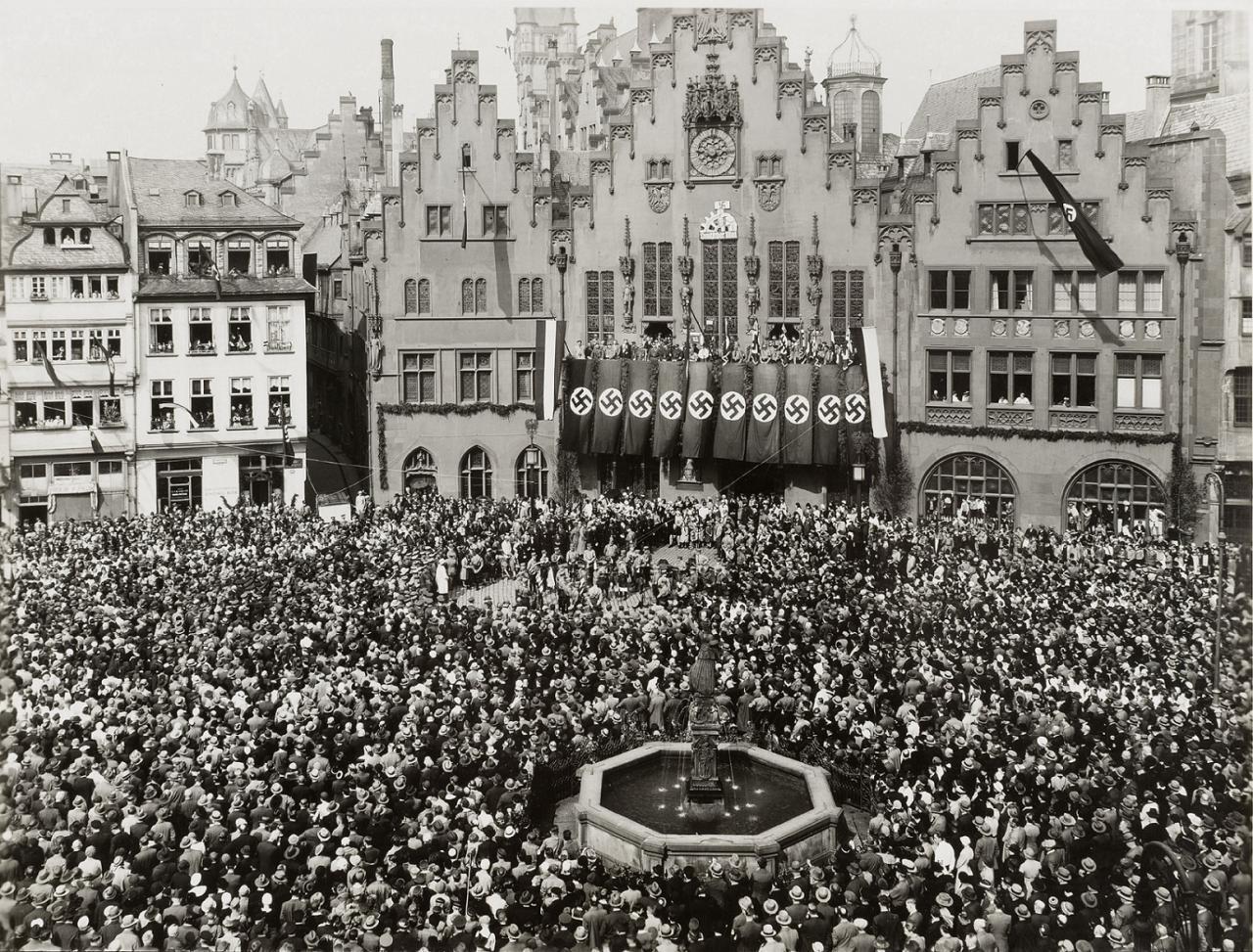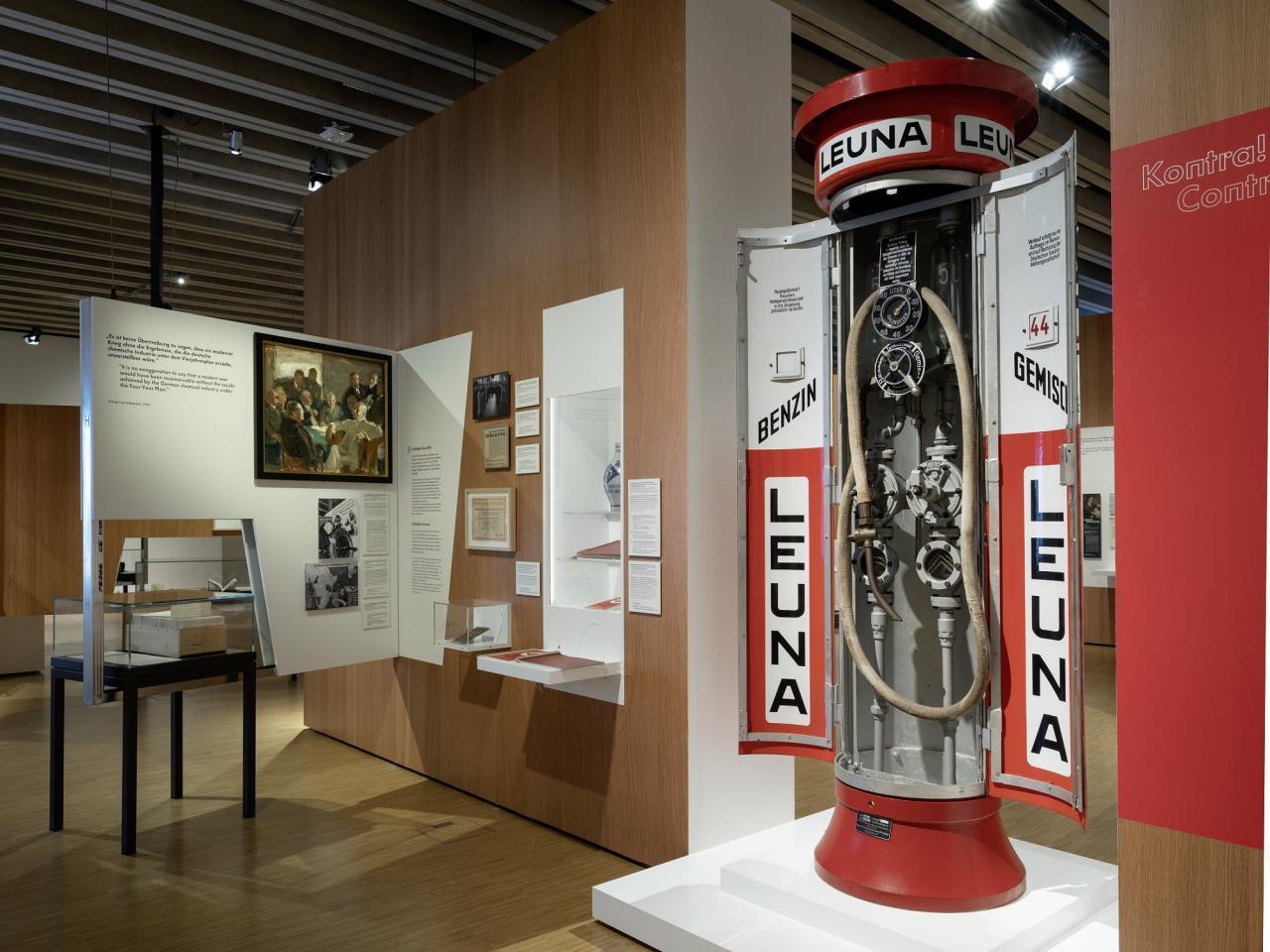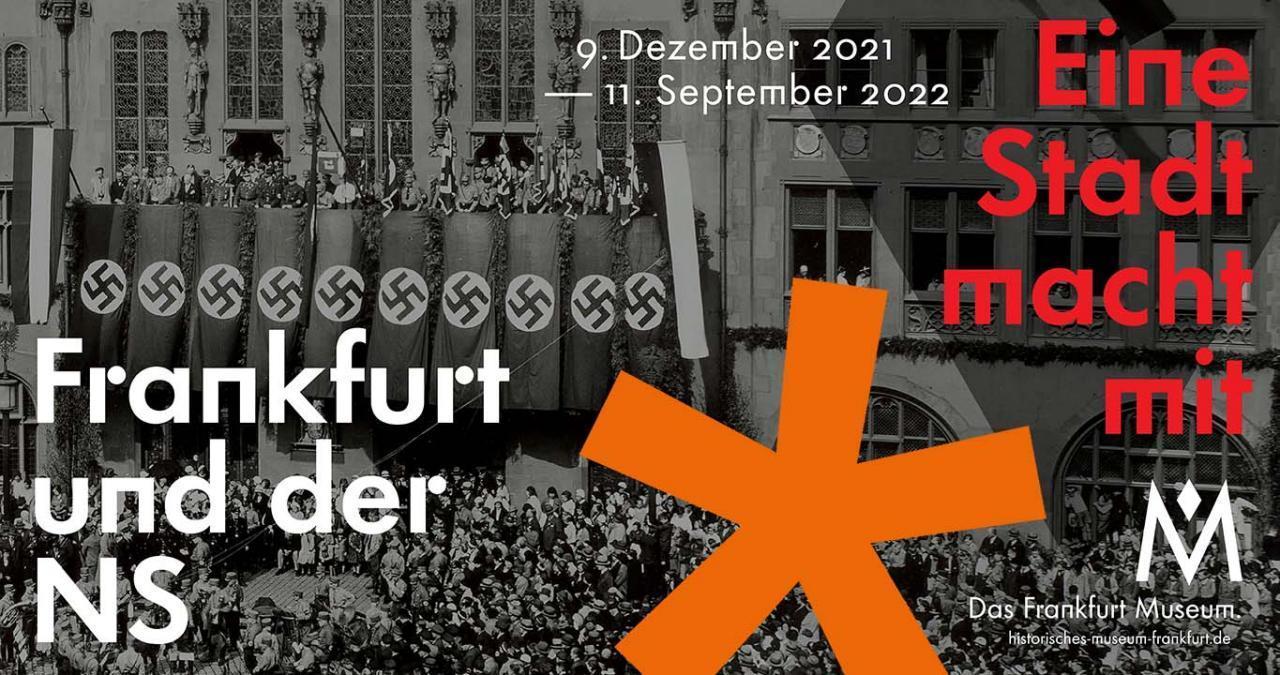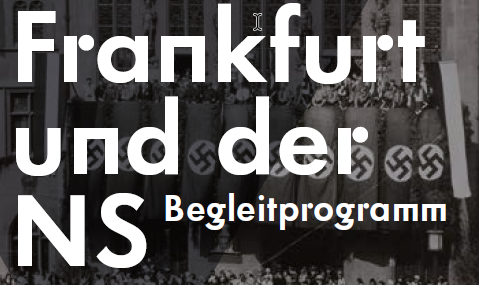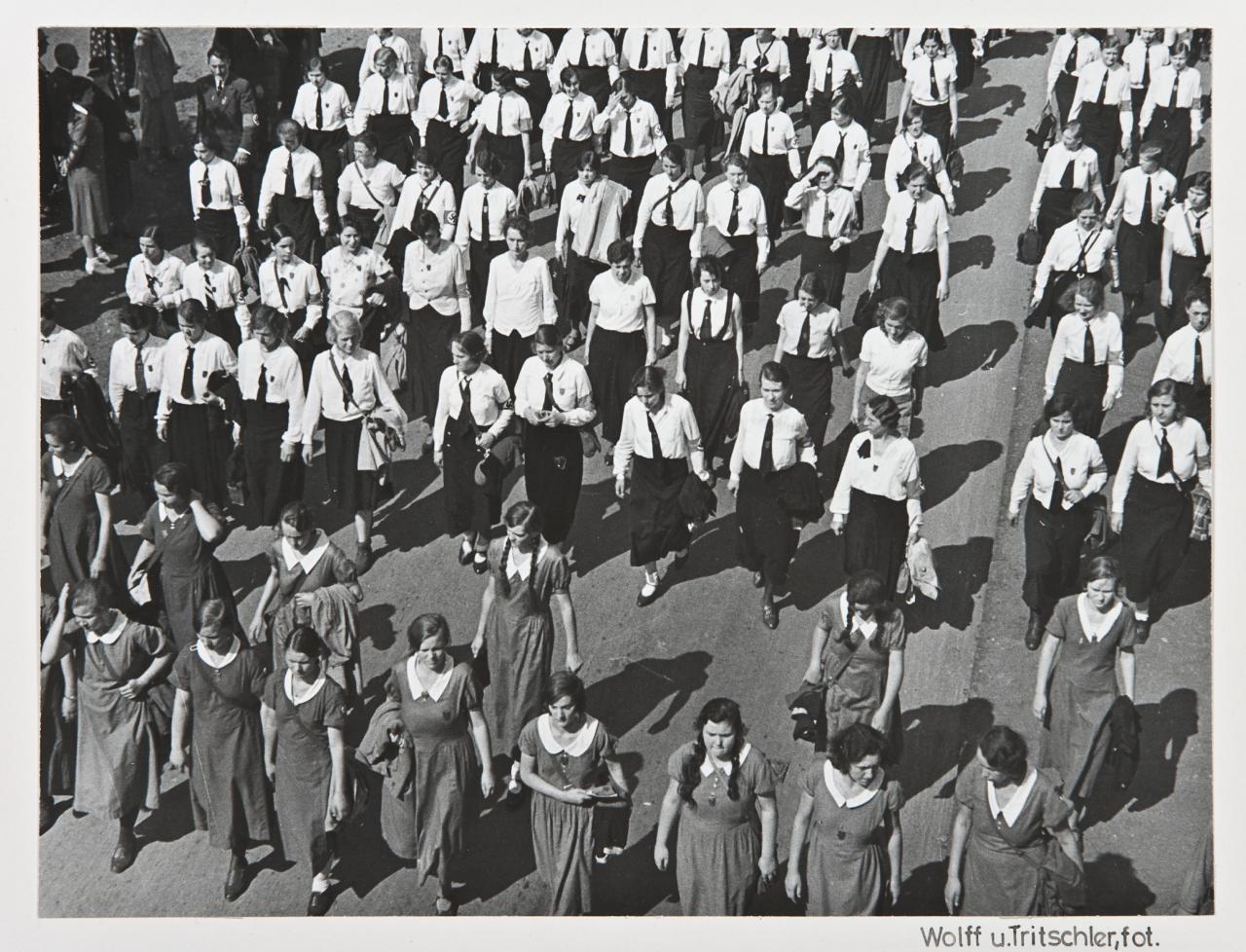A City Joins In –
Frankfurt and Nazism
The exhibition takes visitors to around 20 typical urban locations, such as the city hall, streets, universities, stores and courts. The stories presented there show how National Socialism shaped the city of Frankfurt and the everyday lives of its inhabitants – their scope ranges from perpetrators to victims of state and municipal violence. Options for action are discussed, as are the consequences of political inaction, turning a blind eye, profiteering, or blind obedience. The exhibition deals with participation, but never loses sight of resistance or the consequences for the individual lives of those persecuted.
In many respects, Frankfurt's development during the Nazi era was comparable to that of other major cities. However, the city was particularly marked by its Jewish history and its Jewish population (at 5%, the largest proportion in any city in the German Reich). Their discrimination, persecution and murder were not only core objectives of the Nazi regime, but also of Frankfurt's local government, which systematically tried to erase the image of the "city of Jews and democrats" with the new epithet "city of German craftsmanship". Visitors to the exhibition will encounter murderous anti-Semitism at each of the sites – and thus also those who knew how to take advantage of it – including no small number of residents. In the course of the Nazi era, Frankfurt developed into the "capital of the profiteers," a development that continues to have an impact to the present day. This becomes particularly clear in a multimedia topography that identifies concrete places in Frankfurt and their significance during the Nazi era.
The development of the exhibition was critically and constructively accompanied by civic initiatives. The exhibition repeatedly refers to their work in the historical reappraisal of the Nazi era in Frankfurt and thus provides impulses for the visitors' own activities.
The exhibition is accompanied by a richly illustrated book (296 pages, €30) published by Michael Imhof-Verlag. A sophisticated accompanying program – developed in corporation with history initiatives and including lectures, guided tours as well as educational material and a multimedia guide – complements the exhibition.



